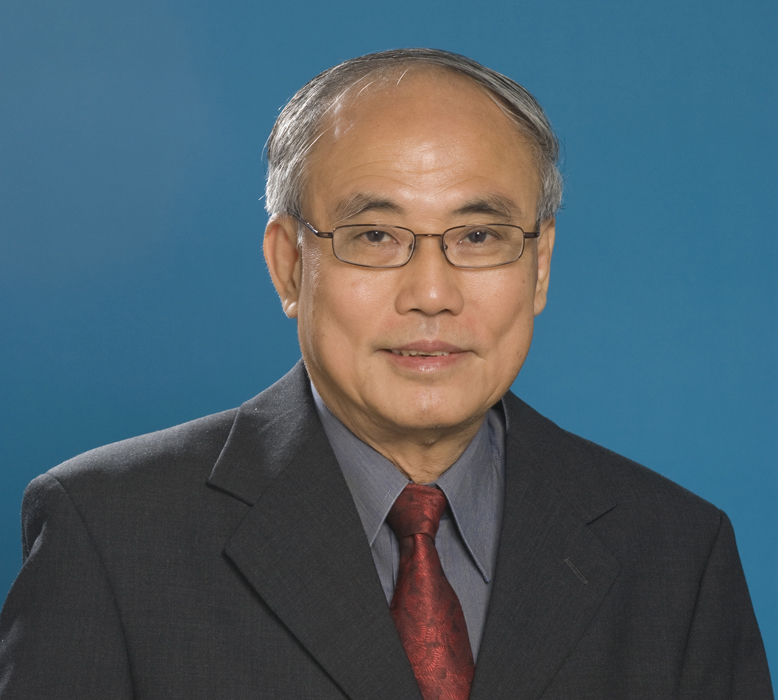President's Message
Message 24/2019
For the past 50 years Singapore has reclaimed some 150 sq. km. However, what remains of its territorial waters is now too deep and would require vastly more sand. Besides mining sand along Asia’s coastline and rivers is morally wrong, environmentally damaging, and politically sensitive.
We have reached an inflexion point. New space creation efforts in the surrounding waters must shift from importing sand to importing ready built floating islands. In the next 50 years we may need another 150 sq.km of space for our economic and demographic needs. That space can be created with floating concrete platforms. On these platforms may be mounted buildings, industrial plants and even recreation grounds like golf courses.
Floating platforms provide the space to transfer refineries, shipyards and ports from shore to the sea This process frees up land for rejuvenation and enables the rapid transition of the economy from the old to the new; from industries of the 3rd industrial revolution to that of the 4th. Schumpeter’s principle of “creative destruction” is necessary since both land and manpower resources are limited in a mature economy.
From the perspective of the owners of such floating assets, the mobility of floating platforms also enables them to shift physically from Singapore where cost of doing business is high to an environment where both land and labour are significantly lower. The state and the business enterprise would enjoy a win-win situation.
Depending on the designed loads, the cost of floating concrete platforms can range from S$1000 to S$2000 per sq. m for water depths of 10 to 25 meters. The concrete structure is virtually maintenance free and may be designed for a life of up to 200 years. It is unaffected by rising sea levels, earthquakes and tsunamis. With floating platforms there is no need to incur additional cost of constructing a foundation as for structures on terra firma. It is environmentally friendly, and its exterior walls serve as habitat for corals and shells. It is of course possible to attach floats of lighter design surrounding the main structure. Thus, for a hotel, swimming pools, landscaped gardens and tennis courts can be added on with floats that are light and inexpensive. (Note a freshwater swimming pool will float in seawater.)
The Society is pleased to have the opportunity this month to acquaint key executives of Centre for Liveable Cities, Urban Renewal Authority, Marine and Port Authority, Defence Science and Technology Agency and the Energy Market Authority with such systems. We have positive feedback. They agree such innovations have merits and can overcome the challenges faced by land reclamation.
The various authorities would do well to get together to work out how best to ensure that port activities can co-exist with these floating structures around the island. MPA endorses the idea of floating ports for transhipment cargo if it is economical. They also wish to know if the floating quay would be stable for quayside cranes to operate as efficiently as land-based ports. MPA offers to arrange for SFSS to meet up with port operator PSA to better appreciate the latter’s concern.
We also cover grounds relating to how the sea space may be zoned for development. An important consideration is that access from mainland Singapore to open international waters should be free and unrestricted. Very wide corridors need to be a crucial feature of the zoning plan even as port activities are to be situated near the edge of our territorial waters.
The seaworthiness and the station-keeping of floating assets are important considerations. Singapore is well placed to address these issues because these are the same issues that are encountered in every ship or oil rig that is designed and delivered in our shipyards. It goes without saying that any floating asset worth hundreds of millions need to go through a rigorous process where the design and engineering is properly audited by competent bodies and certified safe before any underwriter would take any interest in insuring it.
Authorisation of permits for construction, towing and mooring of floating structures would involve multiple government agencies including URA, BCA, MPA, JTC and external bodies such as the classification societies (Lloyds Register, ABS DNV GL etc.) Each of these have their own special interest in relation to the integrity of the structure. Setting up the framework to process the planning permission is necessary. But given the fact that a floating structure is not rigidly attached to one position any planning omission can be redress rather easily. Conditions to be satisfied for mooring permits should not be over cumbersome. Structural integrity and station keeping if certified by a reputable classification society and the asset is acceptable to marine underwriters, should be a sufficient during the early years of this innovation. More stringent conditions may be required as the industry matures.
We also discussed with the authorities issues relating to mooring rights and flag state. We opined that it would be necessary that floating assets moored in Singapore waters are subject to the laws of Singapore. Likewise, all those on board whether employees, visitors or intruders. They need therefore fly the Singapore flag. Their owners may be nationals of Singapore or other countries. The owner can opt to change the flag when he relocates the asset to another jurisdiction.
President
Lim Soon Heng
25 July 2019


